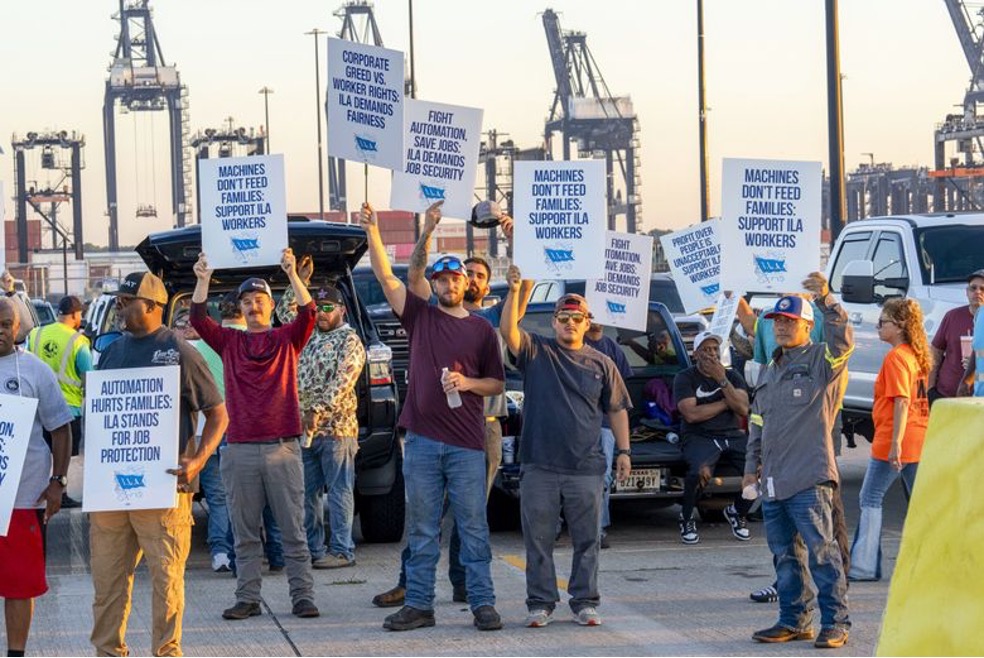Recently, United Parcel Service Inc. (UPS) announced a significant reduction in its shipping volume with Amazon.com Inc., cutting their business by 50%. This strategic move, expected to take full effect by June 2026, marks a major shift in the logistics industry and poses new challenges for warehouse operations and fulfillment providers.
The decision stems from rising costs and changing delivery economics. Traditionally, UPS has relied on the United States Postal Service (USPS) for budget-friendly, last-mile delivery — especially in remote rural areas. However, USPS recently raised its delivery fees that significantly impacting UPS’s cost structure. Consequently, UPS opted to let its USPS contract lapse and focus on managing more profitable shipments directly using its own network.
UPS CEO Carol Tomé emphasized that while Amazon is UPS’s largest customer, it is not the most profitable one. The revised agreement between UPS and Amazon reflects UPS’s strategic pivot away from commodity-grade parcels. This move mirrors a similar decision made by FedEx six years ago when it cut ties with Amazon to avoid dependence on a competitor’s shipping volume. By reducing low-margin shipments, UPS aims to focus on higher-value shipments, such as healthcare logistics, to compensate for the decline in Amazon-related business. However, analysts remain cautious about the company’s ability to fill the revenue gap.
For warehouse operators and logistics providers, this shift introduces both challenges and opportunities. As UPS scales back Amazon shipments, warehouse operators may need to adjust fulfillment strategies to ensure efficient and cost-effective delivery for affected customers. Additionally, Amazon’s growing reliance on its own delivery network may change shipping routes and carrier choices for businesses that depend on Amazon’s logistics ecosystem.
At Cope, we understand the evolving logistics landscape and are prepared to support our clients through these changes. Our goal is to provide flexible shipping options, ensuring timely delivery by leveraging multiple carrier partnerships. We will continue to monitor industry developments and adapt our services to meet the evolving needs of our clients.



